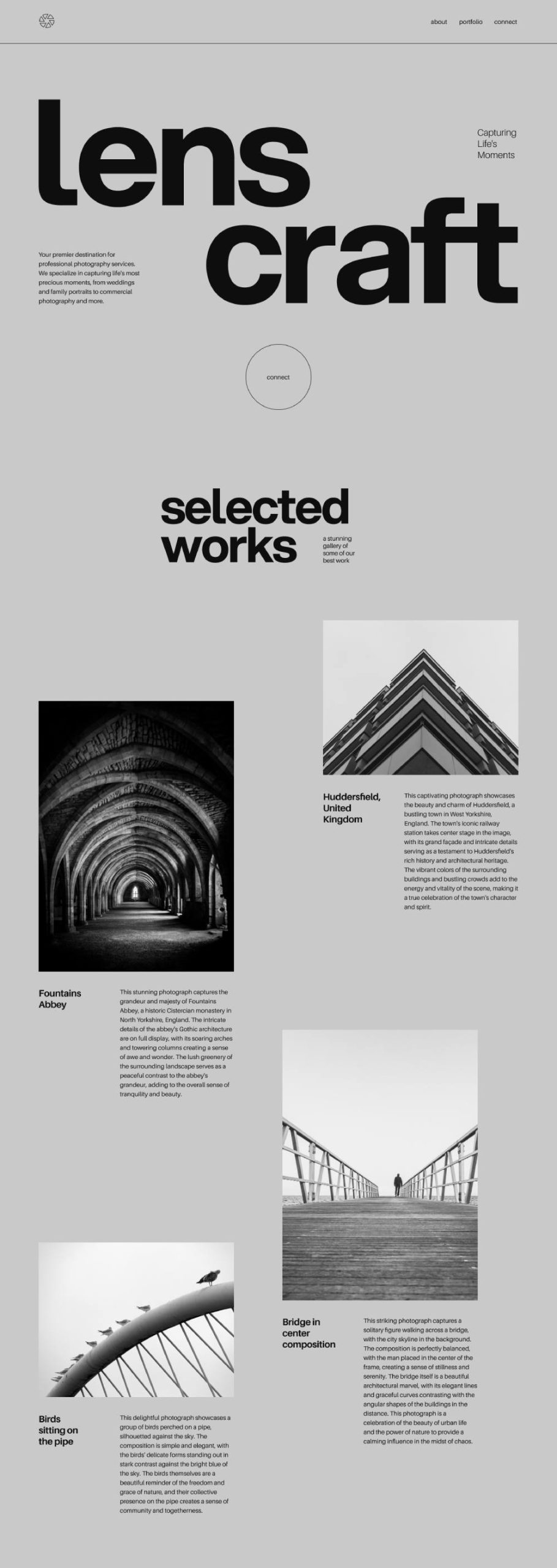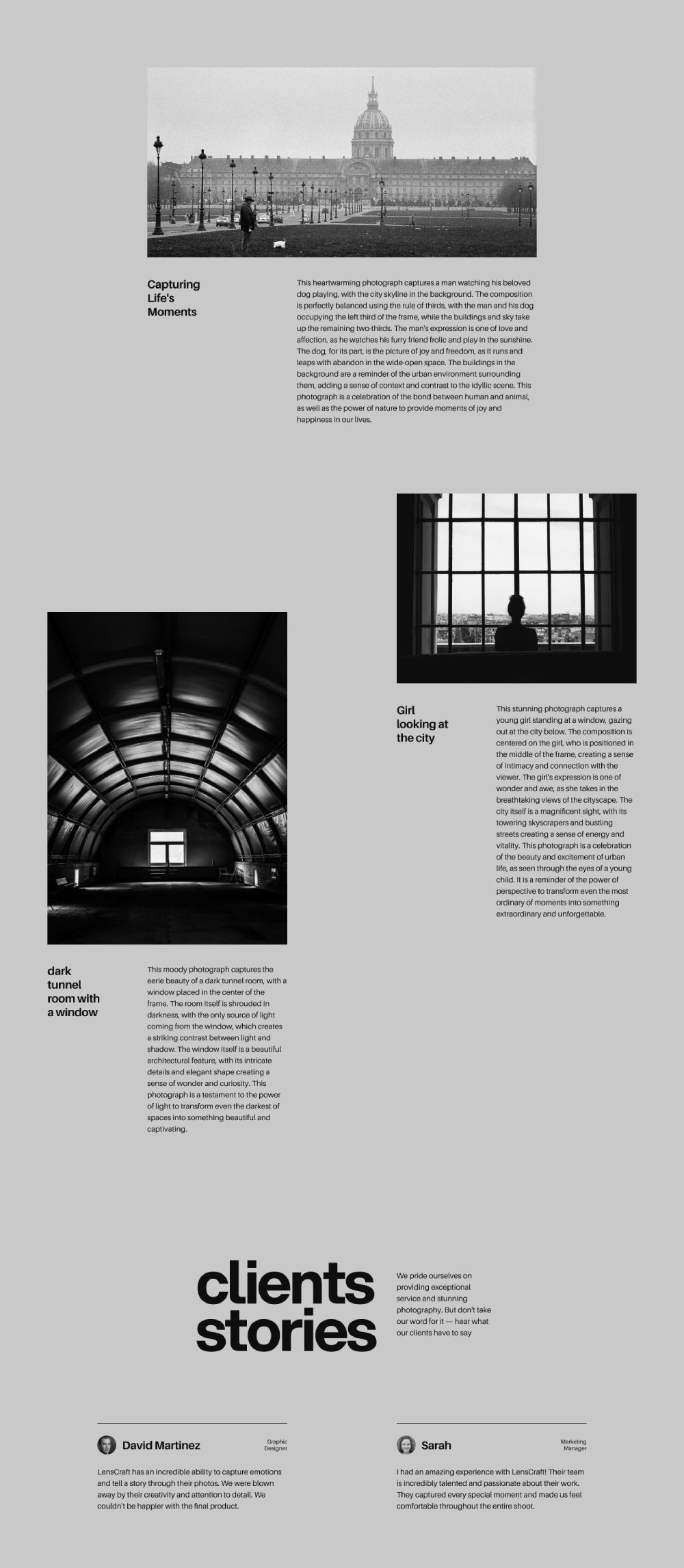As a layout designer, one of the most critical skills you need to have is the ability to create dynamic compositions. A dynamic composition is an arrangement of design elements that capture the viewer’s attention and leads them through the content. In this article, we will discuss how to create dynamic compositions in layout design.
Understanding Composition in Design
Before we dive into creating dynamic compositions, let’s first understand the concept of composition in design. Composition refers to the way design elements are arranged within a design. It involves using balance, contrast, rhythm, and other design principles to create an aesthetically pleasing and functional design.
The Rule of Thirds
One of the most important principles of composition is the rule of thirds. The rule of thirds involves dividing the design space into a grid of nine equal parts, with the focal point of the design placed along the intersecting lines. This creates a visually balanced and interesting design.
Creating Contrast
Another important aspect of composition is creating contrast. Contrast involves using different design elements, such as color, shape, size, and texture, to create visual interest and emphasis. This helps guide the viewer’s eye through the design and creates a hierarchy of importance.

Techniques for Creating Dynamic Compositions
Now that we understand the basics of composition, let’s explore some techniques for creating dynamic compositions.
Varying Scale
Varying the scale of design elements can create a sense of depth and hierarchy within a design. Larger elements can be used to create a focal point, while smaller elements can be used to provide context and support.
Overlapping Elements
Overlapping design elements can create a sense of depth and movement within a design. This technique can be used to create a focal point and guide the viewer’s eye through the design.
Breaking the Grid
Breaking the grid is a technique that involves intentionally placing design elements outside of the grid or using irregular shapes. This can create a sense of movement and dynamism within a design.
Using Negative Space
Negative space refers to the empty space around design elements. Using negative space effectively can create balance and harmony within a design. It can also be used to create emphasis and draw the viewer’s eye to the focal point.
Best Practices for Creating Dynamic Compositions
Now that we have discussed some techniques for creating dynamic compositions, let’s explore some best practices for implementing these techniques.
Consistency
Consistency is important for creating a cohesive and unified design. Use consistent typography, color palettes, and spacing throughout the design to create a sense of harmony.
Hierarchy
Creating a hierarchy of design elements helps guide the viewer’s eye through the design and emphasizes the most important information. Use varying scale, contrast, and negative space to create a clear hierarchy.

Simplicity
Simplicity is key to creating an effective design. Avoid clutter and unnecessary design elements that distract from the main message of the design.
White Space
White space, also known as negative space, is essential to creating a dynamic composition. Use white space to create balance and emphasis within the design.
Conclusion
Creating dynamic compositions in layout design is a crucial skill for any designer. By understanding the principles of composition and implementing techniques such as varying scale, overlapping elements, breaking the grid, and using negative space, you can create visually interesting and effective designs. Remember always to use best practices such as consistency, hierarchy, simplicity, and white space to create a cohesive and impactful design.
Frequently Asked Questions
- What is the composition in design?
Composition in design refers to the way design elements are arranged within a design. It involves the use of balance, contrast, rhythm, and other design principles to create an aesthetically pleasing and functional design. - What is the rule of thirds?
The rule of thirds is a principle of composition that involves dividing the design space into a grid of nine equal parts, with the focal point of the design placed along the intersecting lines. - How can I create contrast in my design?
You can create contrast by using different design elements, such as color, shape, size, and texture, to create visual interest and emphasis. - Why is consistency important in design?
Consistency is important in design because it creates a cohesive and unified design, which helps convey a clear message and reinforces branding. - What is the importance of white space in design?
White space, also known as negative space, is essential to creating a dynamic composition because it creates balance and emphasis within the design. - How can I ensure my design is effective?
To ensure your design is effective, it should be visually interesting, easy to read, and convey a clear message. Use best practices such as hierarchy, simplicity, and white space to create a cohesive and impactful design.


